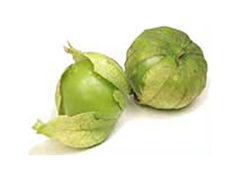
Tomatillo Toma Verde
Physalis philadelphica
2” fruits are the staple ingredient in Mexican Salsa Verde. Native to Mexico and domesticated … Continued
Drought-tolerant and drought-resistant plants may still need supplemental water from time to time, but they can survive periods of dryness without dying.
Drought-resistant plants like cactus, hens and chicks, and sedums can go for very long periods without water and do not tolerate poorly drained locations. Drought-resistant tropical plants grown indoors in winter like cactus, Sansevieria, Echeveria, and other succulents sometimes fail due to overwatering.
Drought-tolerant plants grow in many textures and sizes and have different adaptations that help them get through periods of drought:
The latter two types of plants are drought tolerant once established because any new planting, regardless of drought tolerance, needs to be watered during the first growing season to allow roots to reach the depths needed to access moisture during dry periods.
It’s also important to note that survival may not mean that the plant will look its best during this time. Watering weekly for a longer period of time will result in the best-looking gardens with the highest tolerance for drought. During the hottest, dryest times in summer, watering deeply twice a week is recommended. These less frequent waterings will encourage root systems to expand, making it easier for plants to access moisture when their environment is dry.
Winter drought has become a bigger problem in recent years as snowfall declines. Evergreen plants are especially vulnerable during winter drought because their foliage continues to shed moisture while dormant deciduous plants have shed their leaves and can conserve moisture in woody stems and underground. Watering shrubs and trees in winter on days when the temperature allows (above freezing) will help ensure their healthy return in spring.
Here are some drought-tolerant and drought-resistant plants to grow—

Physalis philadelphica
2” fruits are the staple ingredient in Mexican Salsa Verde. Native to Mexico and domesticated … Continued
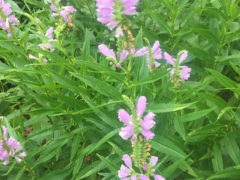
Physostegia virginiana
Physostegia virginiana has an upright spreading habit, this plant will requires space and should be … Continued
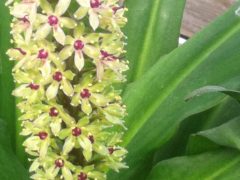
Eucomis comosa
Green leaves emerge heavily flushed with purple. The rosette is topped, starting in late summer … Continued
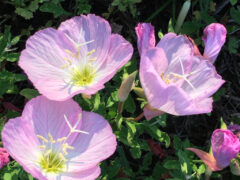
Oenothera speciosa
Showy evening primrose, or pink ladies, are native to the midwest. The evening primrose common … Continued
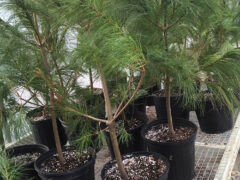
Pinus strobus
Grows at a fast rate, with height increases of more than 24” per year to … Continued
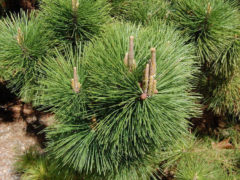
Pinus thunbergii 'Thunderhead'
A shrub-like, dense compact form of the black pine with an irregular growth habit with … Continued
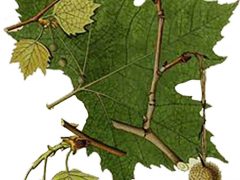
Platanus x acerifolia
‘Bloodgood’ Widely planted street tree discovered in London where the new hybrid first appeared around … Continued
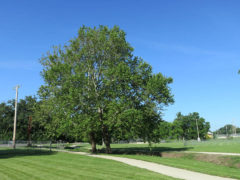
Platanus occidentalis
Easily grown in average, medium to wet, well-drained soils in full sun. Prefers rich, humusy, … Continued
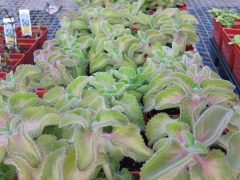
Plectranthus amboinicus
Great herb for Caribbean cuisine. Loves hot, summer weather. Nice in containers and baskets, plants … Continued
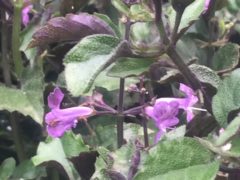
Plectranthus 'Mona Lavender'
A vigorous, upright, bushy perennial that is primarily grown for its attractive lavender flowers which appear … Continued
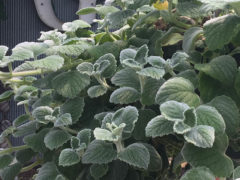
Plectranthus argentatus 'Silver Shield'
An upright-spreading, woody-based sub-shrub native to Australia and grown primarily for its attractive, fuzzy, gray-green … Continued